Parrot Diet Guide 2025 – Best Foods, Fruits, Pellets and Nutrition Tips
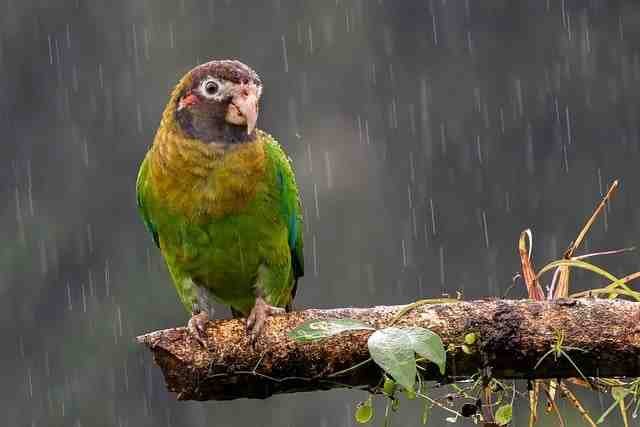
Feeding your parrot the right food is the foundation of its health and happiness. Parrots are intelligent, colorful and long-lived birds — some parrots can even live up to 80 years! But this is only possible if they are fed a balanced and nutritious diet.
In the wild, parrots eat a variety of fruits, seeds, nuts, flowers and green leaves. But in captivity, their diet is entirely the responsibility of the owner. The wrong diet can lead to feather breakage, obesity, and other serious illnesses.
This comprehensive guide tells you everything you need to know about parrot nutrition — what parrots eat, what is harmful, and how to create the best diet for your bird.
1. What do parrots eat in the wild?
In the wild, parrots eat a variety of foods, such as:
Fresh tropical fruits such as papaya, mango, and bananas
Seeds and nuts found on trees
Flowers, sap, and new buds
The occasional small insect
This varied diet provides them with essential vitamins, minerals, and amino acids. Captive parrots should also be fed a similarly balanced diet.
2. Understanding Parrot Nutrition
Each parrot species has a different nutritional requirement, but in general, all parrots need the following nutrients:
Protein: For muscle and feather health
Carbohydrates: For daily energy
Healthy fats: For shiny feathers and cells
Vitamins and minerals: For bones and immunity
A balanced parrot diet should include:
60–70% pellets
20–25% fresh fruits and vegetables
5–10% seeds and nuts (as treats)
This ratio is optimal for both physical health and mental activity.
3. Types of Parrot Food
A. Pellets – The Foundation of a Balanced Diet
Modern aviculturists recommend pellets as a staple food for parrots. Pellets are formulated with complete nutrients to help parrots avoid picky eating habits.
Benefits of pellet-based diets:
Consistent nutrition in every bite
Prevents vitamin deficiencies
Available for all parrot species (African Greys, Macaws, Cockatoos, Budgies, etc.)
Popular pellet brands of 2025:
Harrison’s Bird Foods
Zoprim Natural
Kitty Exact
LeFiber Premium Pellets
Tip: Choose pellets that do not contain artificial colors or flavors.
B. Fresh Fruits and Vegetables
Fresh fruits and vegetables provide parrots with vitamins, minerals, and fiber. They also make mealtimes more interesting.
Safe Fruits for Parrots:
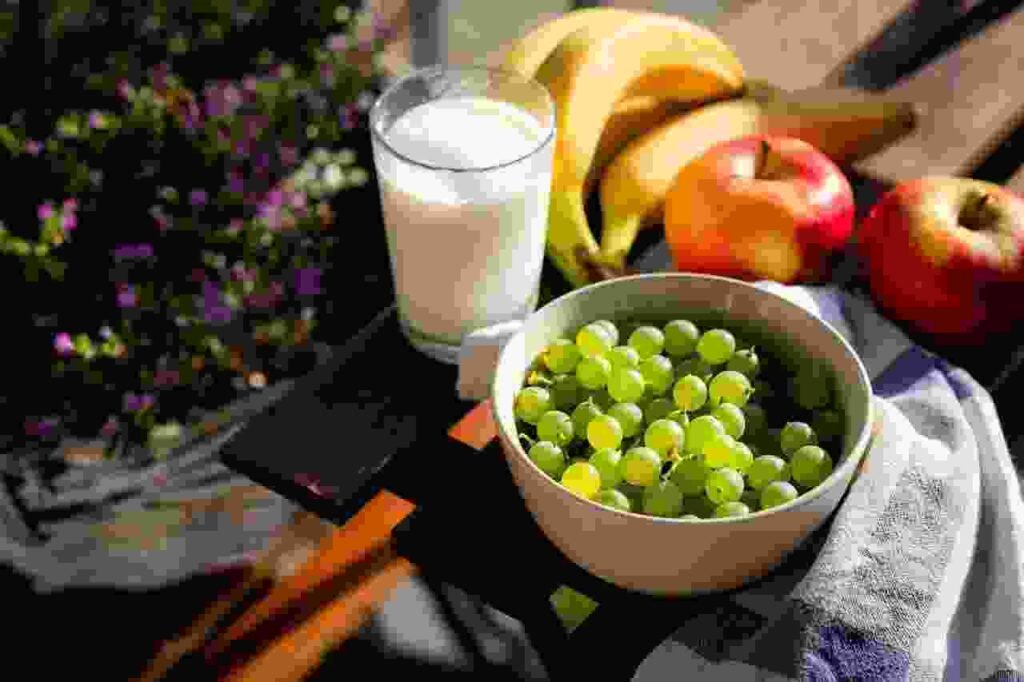
Apples (seedless)
Banana
Berries (strawberries, blueberries, raspberries)
Papaya
Mango
Melon
Oranges (in moderation)
Healthy Vegetables for Parrots:
Carrots
Broccoli
Kale
Spinach
Sweet Potatoes
Capsicums
Peas and Beans
Never feed fruit seeds or damaged fruit. Wash and chop all vegetables and fruits thoroughly.
C. Seeds and Nuts – Occasional Treats
Seeds and nuts are natural foods, but they are high in fat, so give them in limited quantities.
Best Seeds:
Bajra
Sunflower Seeds (in moderation)
Saffron Seeds
Pumpkin Seeds
Healthy Nuts:
Almonds
Walnuts
Pistachios (unsalted)
Cashews
Use them as a reward or mental activity, not as a staple food.
D. Cooked and Homemade Foods
Some cooked grains and legumes add protein and energy to a parrot’s diet.
Best Options:
Cooked Brown Rice
Quinoa
Lentils
Chickpeas
Oats
You can also make a homemade mash of sweet potatoes, vegetables, and grains. Do not add salt, sugar, or oil.
4. Foods That Are Harmful to Parrots
Some foods are toxic to parrots — even in small amounts. Never feed your parrot these things:
Avocado
Chocolate
Caffeine (tea, coffee, soda)
Alcohol
Onions or garlic
Salty or sweet foods
Raw legumes (poisonous)
These foods can upset the digestive system or even cause death.
5. The importance of fresh water
Water is just as important as food. Always keep clean, fresh water available for your parrot. Change the water at least twice a day to prevent bacteria from building up.
Do not use distilled water; filtered or mineral water is better because it contains natural minerals.
6. Daily feeding schedule for your parrot
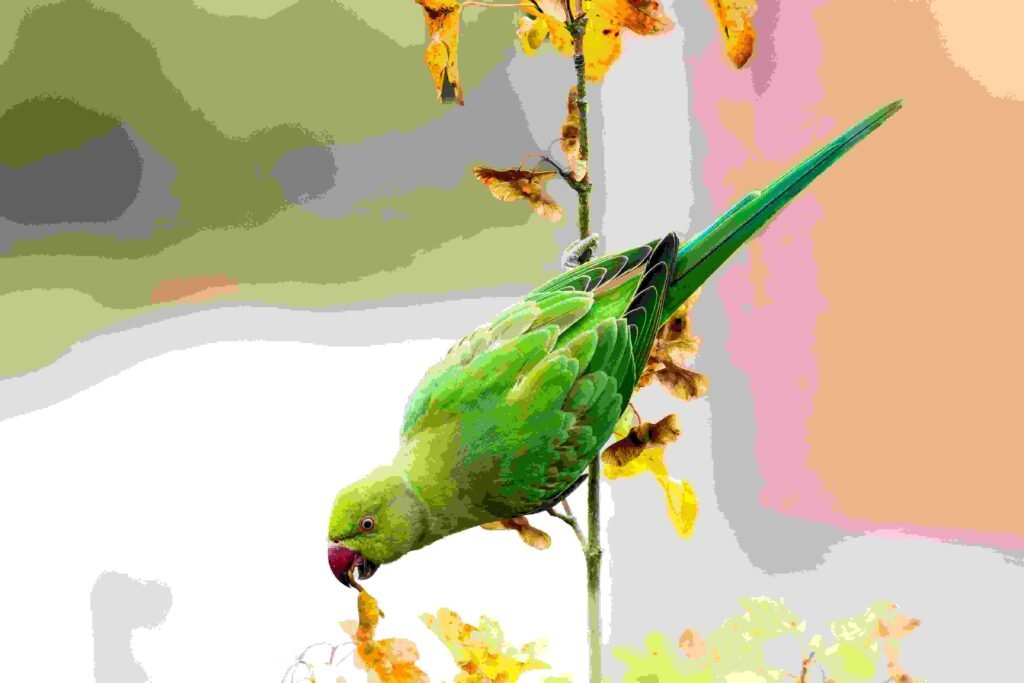
A regular feeding routine for your parrot keeps it safe and satisfied.
Time Type of food Example
Morning (7–9 am) Main food (pellets + fruit) Harrison pellets + apple and mango pieces
Afternoon (12–2 pm) Vegetables Steamed carrots, kale, broccoli
Evening (5–6 pm) Light treat A few nuts or seeds
Change fresh water at least twice a day throughout the day
Tip: Remove leftover food after two hours to prevent spoilage.
7. How to introduce new food
Parrots are usually reluctant to eat new food. Make the change gradually:
At first, mix 25% of the new food and 75% of the old food.
After a few days, increase the proportion of the new food.
Observe the parrot’s behavior and droppings.
Don’t force it — let the parrot try it out out of curiosity.
Give praise or a small treat to instill a good habit.
8. Homemade Parrot Food Ideas
Homemade food is fresh and varied. Here are some easy recipes:
Fruit and vegetable skewers
Alternating pieces of apple, carrot and bell pepper on skewers.
Parrot mash bowl
Mix cooked quinoa, sweet potato, peas and spinach. Serve warm.
Oatmeal treat
Cook plain oats and top with crushed nuts and a drizzle of honey (sometimes).
Tropical fruit mix
Mix mango, papaya and banana — the perfect snack.
Always introduce new foods gradually and ensure the safety of the ingredients.
9. Mental engagement through food
Feeding is not just about nutrition, it is also mental exercise. Parrots are very intelligent birds and enjoy “foraging”.
Try:
Hiding food in foraging toys
Wrapping pellets in paper so your parrot can open them and eat them
Feeding food in puzzle feeders
These activities keep your parrot mentally alert and prevent boredom.
10. Common Feeding Mistakes
Sometimes mistakes are made in love. Avoid the following:
Feeding too many seeds and nuts
Not diversifying the diet
Not cleaning the bowl
Feeding human processed food
Not consulting a veterinarian
Cleanliness and balance are the secrets to a parrot’s long health
11. Dietary needs of different parrot species
Each species has its own specific dietary needs:
African Grey: High calcium needs (add kale, broccoli, cuttlebone)
Macaw: High fat (more nuts)
Cockatiel: Likes millet and small seeds
Budgie: Soft fruits and fine pellets
Amazon parrot: Can be prone to obesity, so give less nuts
Adjust the diet according to the species of your parrot.
12. Identify a healthy parrot
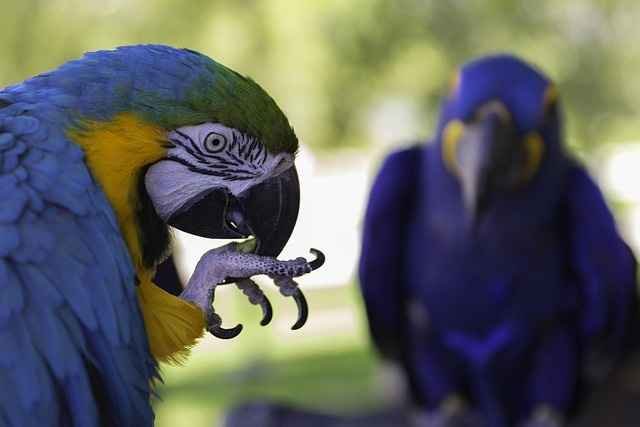
If the parrot is eating the right food:
Feathers should be shiny and smooth
High energy
Normal waste
Beak and nails should be strong
Weight should be balanced
If the feathers become dull or the weight is low, consult a veterinarian immediately.
13. Additional Nutritional Supplements
Sometimes parrots need supplements, especially sick or fussy parrots.
Helpful Supplements:
Calcium blocks or cuttlebone
Vitamin A drops (if on a seed-based diet)
Omega-3 oils (for feather health)
But remember, don’t give supplements without your vet’s advice.
14. Eco-Friendly Parrot Food
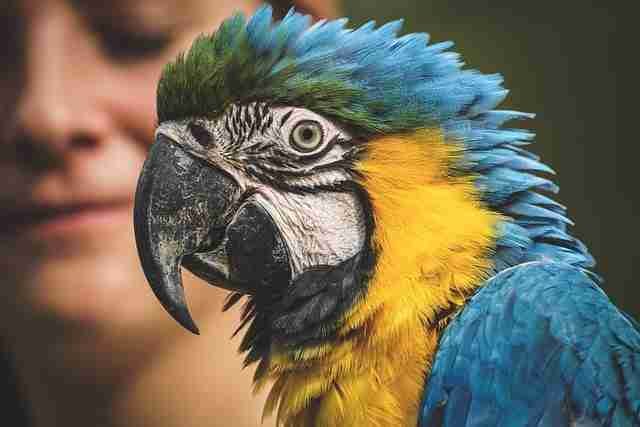
In 2025, many owners are moving towards eco-friendly food. Look for foods that are:
Organic
Locally sourced
In recycled packaging
Without artificial colors or preservatives
This approach is not only beneficial for your parrot but also for the planet.
Conclusion: Feed wisely, raise with love
Feeding a parrot is not just a responsibility, it’s a loving act.
A balanced parrot diet keeps your bird happy, healthy, and vibrant. Include quality pellets, fresh fruits and vegetables, and occasional treats. Make mealtimes more interesting so your parrot is also mentally engaged.
With love, care, and the right diet, your parrot will sing, dance, and add color to your life.
